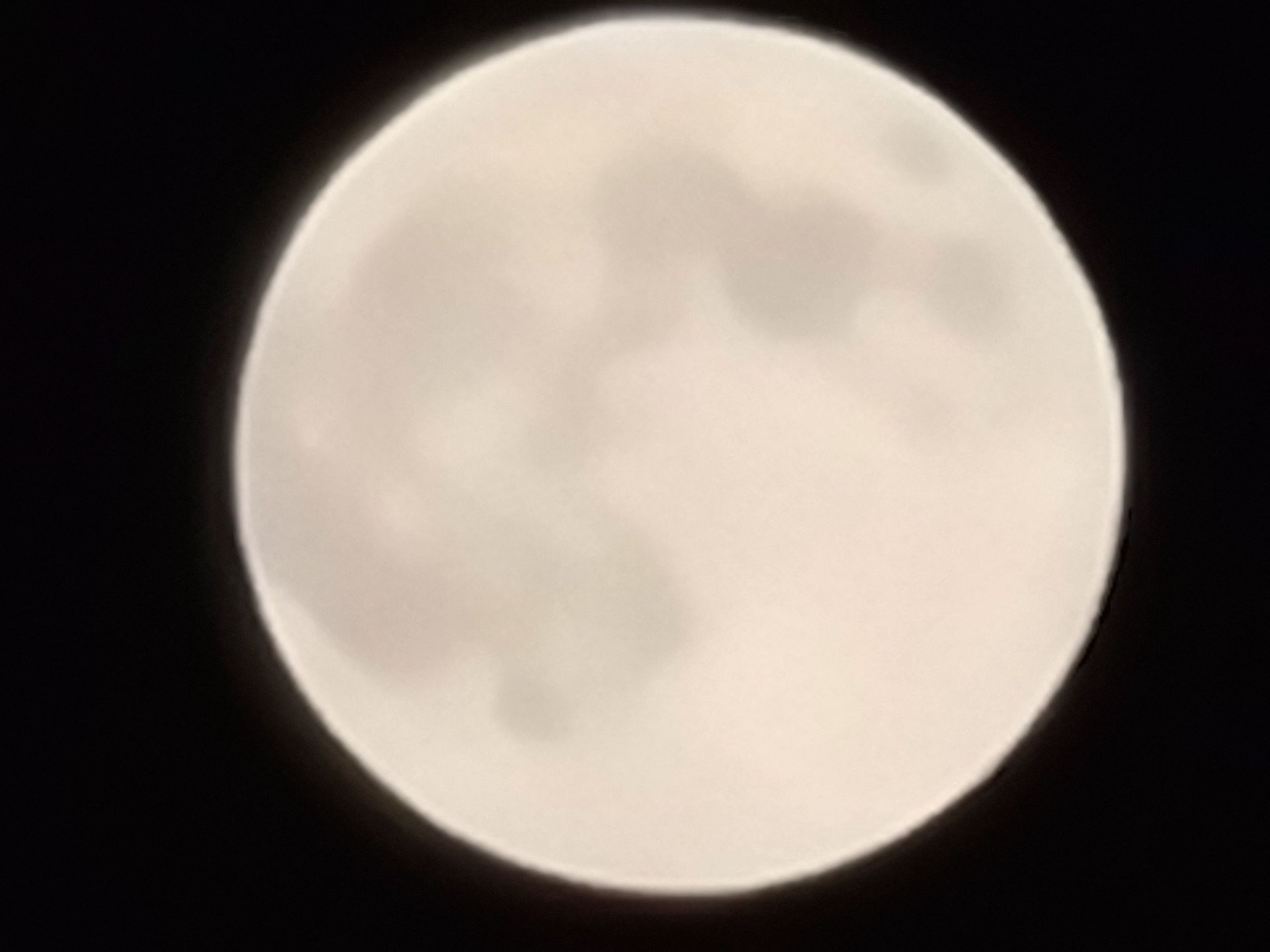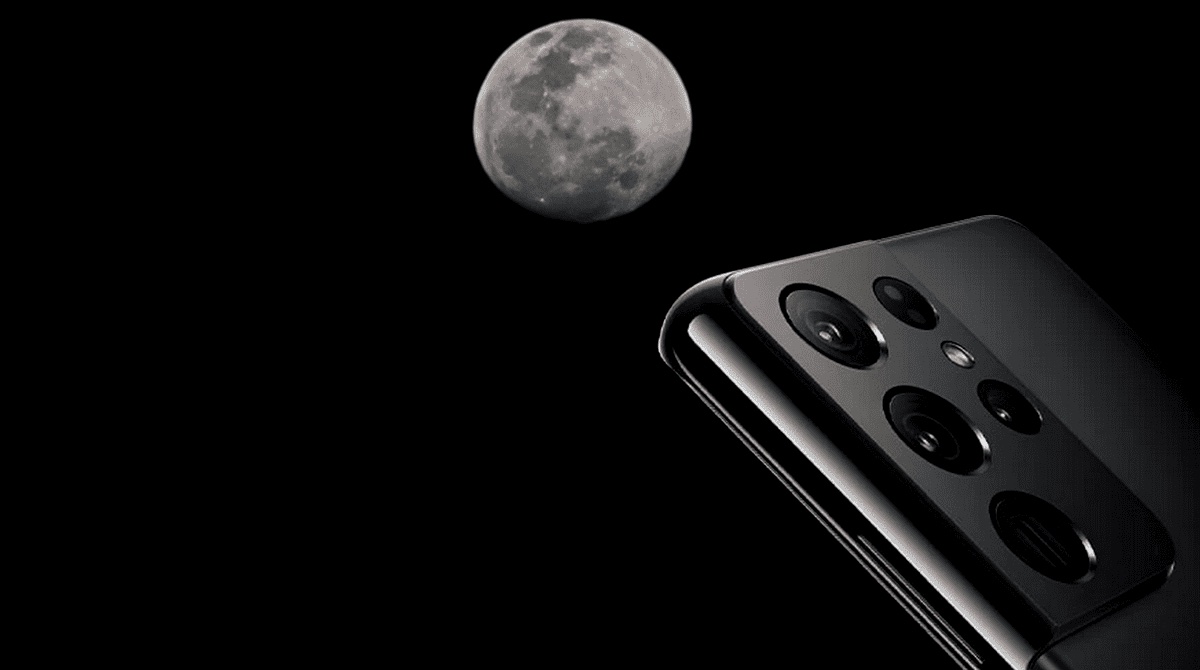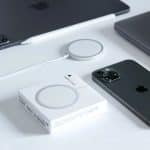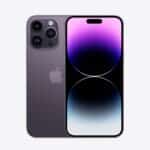A Reddit user has discovered that the moon shots captured by Samsung Galaxy’s Space Zoom camera feature are fake. This revelation is a blow to Samsung’s marketing efforts, which have touted the innovation of Galaxy S-series models by highlighting the Space Zoom feature.
Samsung introduced Space Zoom to capture high-resolution images of objects and people at a great distance, such as the moon, using periscope zoom. The feature has been widely used in debates comparing Samsung to Apple, with Samsung supporters using Space Zoom to show that the camera system on iPhone lacks the innovation offered in the Galaxy S-series models.

In his review of the Galaxy S23 Ultra, YouTuber MKBHD proclaimed that the folded periscope zoom, which combines 100x optical and digital zoom on the smartphone, captured “ridiculous” images of the moon with intricate details. He explained that the images were not an “overlay or fake thing” like those that Huawei has been accused of creating and that Apple was years away from offering the technology in iPhones.
However, a Redditor has tested and proved that the Space Zoom moon shots are a hoax. The Redditor downloaded a high-resolution Space Zoom moon image and downsized it to 170×170 pixels. When gaussian blur was applied to the edited image, it removed all the details, suggesting that the information was never there.
The first experiment revealed that Samsung uses a specially trained AI model designed exclusively to recognize hundreds of images of the moon and “slap” details on them. In the side-by-side comparison, it is clear that Samsung is leveraging an AI model to put craters and other details on places that were just a blurry mess.
It is essential to stress that there is a difference between additional processing using super-resolution, where multiple frames are combined to recover detail that would otherwise be lost, and this, where a specific AI model trained on a set of moon images is used to recognize the moon and add the moon texture to it (when there is no detail to recover in the first place, as in this experiment). This processing is specific to the moon.
After the first verdict that the moon pictures from “Samsung are fake [and its] marketing is deceptive. It is adding detail where there is none (in this experiment, it was intentionally removed),” the Redditor ran another test suggested by a commenter.
In the second experiment, two images of a blurred moon were placed side by side to trick Samsung’s AI into adding details to one and leaving the other as it was. Without disappointment, the AI on Galaxy S23 Ultra did just that. The second test further solidified the first conclusion.
The technology is not the same kind of processing used when zooming into other objects, and it raises questions about the innovation Samsung has been promoting in its Galaxy S-series models.

This discovery comes as a blow to Samsung, which has invested heavily in its marketing campaigns and its reputation for innovation. It also raises questions about the veracity of other marketing claims made by technology companies and the need for independent verification of such claims.













